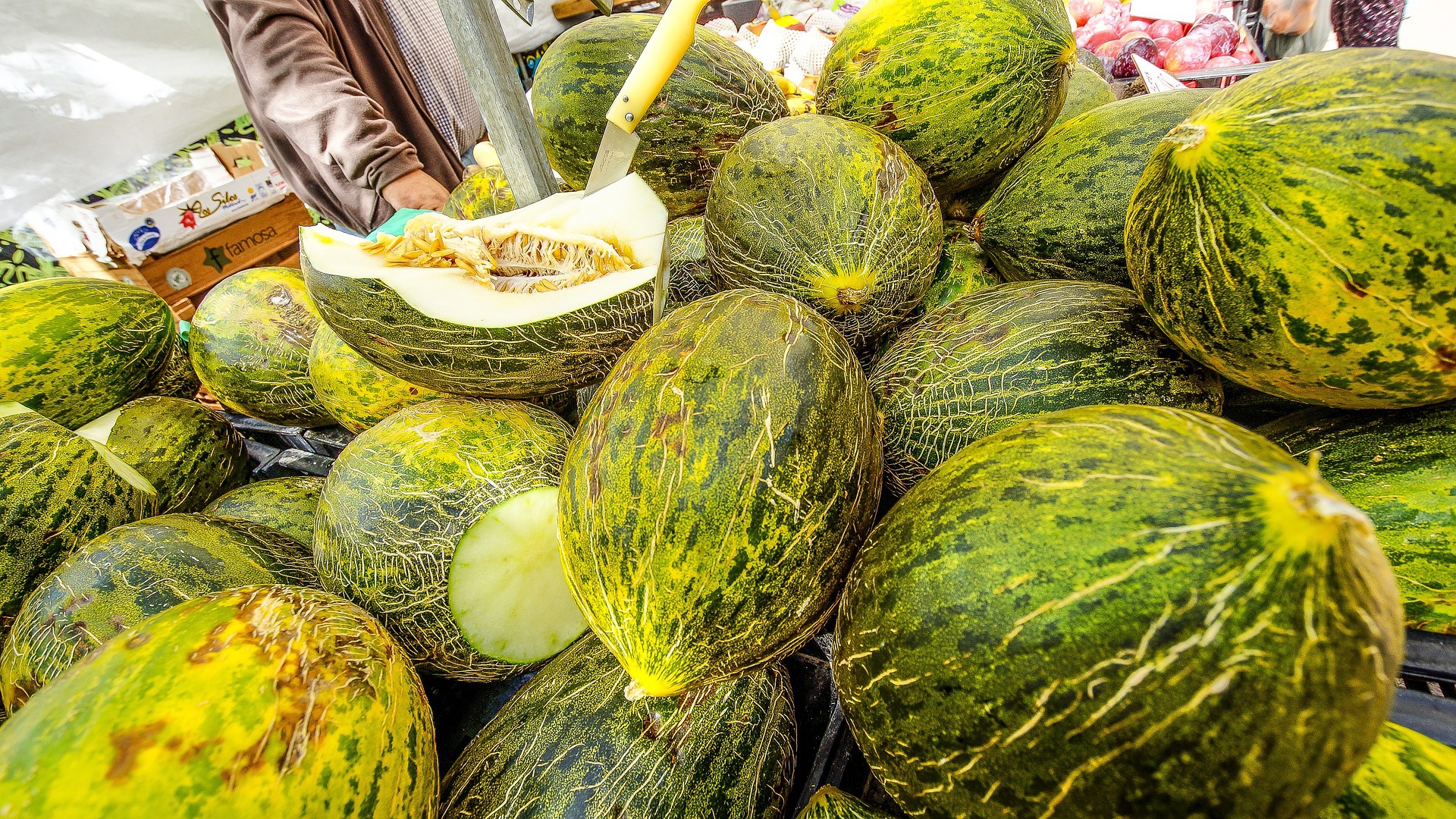Positive outlook for spring melon campaign in Spain
↵
European melon and watermelon producers are upbeat about the spring campaign, following some difficult years. The past decade has brought a host of problems, including intense competition from African producers (particularly Senegal and Morocco), water shortages, viruses and increased costs. The forecasts for this season point to a rebound in production levels for both melon and watermelon, as well as higher quality than last year, thanks to favourable weather conditions. The strong prices commanded during the past campaign and through the winter have instilled a degree of confidence in producers, who are also committing to later crops to allow an extended supply window. However, the high prices for other winter crops may lead to a later start to the season in some Spanish production areas. Last year’s lack of rain led to a fall in output while the higher temperatures drove up demand, with prices in some parts of the campaign tripling from the previous year.
Combatting viruses
One blot on the horizon is the annual emergence of viruses when spring arrives in the fields. But producers are taking precautions to tackle these, with seed firms developing resistant varieties to ensure value throughout the chain. Another innovative and organic solution involves the use of fungi which can induce resistance to pests. What’s more, they can provide nutrients for consumers. After verifying its potential as a biocontrol solution, researchers from the University of Córdoba identified ways that the Metarhizium brunneum fungus can enable melon and watermelon plants to increase their iron content.
Steady decline in European melon production
In recent years, Italy has been catching up with Spain’s melon production, with the two countries accounting for around 76% of total EU output. Spain produced 652,000 tons in 2021 compared with Italy’s 602,000 tons (source: Agroter Fruit and Vegetable Monitor). France was a distant third with an output of almost 272,000 tons. However, volumes were down in all of the major European melon-producing countries between 2010 and 2021, with Spain’s production contracting by 30%, Italy’s by 9% and France’s by 6%. Spain is by far Europe’s number-one source of watermelons, with output doubling that of its nearest competition Italy (1.38m tons vs 648,190 tons in 2021). The next leading producer is Greece, which produced 480,650 tons of watermelons in 2021, marking a 25% drop in 11 years.
Lower spring acreage in Spain
The key Spanish province of Almeria is seeing reduced watermelon and melon acreage this campaign (source: ASAJA-Almería). Watermelon production area is set to shrink by 10% drop compared to last season, with total area down to 10,020 ha, while melon acreage is expected to contract by 5% to 2,309 ha. The reduction in the area of these spring crops is due in part the high prices fetched by winter crops such as peppers, cucumbers and courgettes. According to early estimates of this season’s output levels, watermelon production could total 568,000 tons, down from 587,313 tons in the last campaign, while melon output is projected to rise to 102,000 tons from 94,776 tons.
At the export level, in the 2021-22 campaign, 376,895 tons of watermelon were exported from Almeria, 15.3% less than in 2020-21, but worth 23.7% more, at €268 million. As for melon, 68,641 tons were exported (-20%), for a value of €66.7 million (+10.3%).
Morocco and Senegal taking the lead in watermelon
Outside of Europe, Morocco and Senegal are particularly strong in watermelon production. The countries’ early and late crops allow suppliers to carve out profitable market niches. Morocco saw its area dedicated to watermelon production grow by 42% between 2010 and 2021 to 19,206 ha, while output surged by 82% over the same period. In Senegal, the growth was even more remarkable, with acreage expanding by 266% and production volumes by 569% over the 11-year period.
However, the picture is somewhat different in the melon category, with Morocco’s production contracting in recent years. Based on Faostast data from the end of 2022, the fall in Morocco’s melon acreage led to output plummeting by 27% between 2014 and 2021 to 540,561 tons. While Senegal remains a relatively small player in the melon market (2,780 ha in 2021), investments have raised productivity levels, leading to output rising by 101% from 2014 to 2021, to reach 36,000 tons. However, some parts of the Mediterranean Basin have been experiencing severe water shortages due to drought. In Spain, the cost of water per cubic metre has soared along with energy costs, while Morocco is also going through very difficult times. This could lead to supply interruptions during certain periods of the coming campaign.



